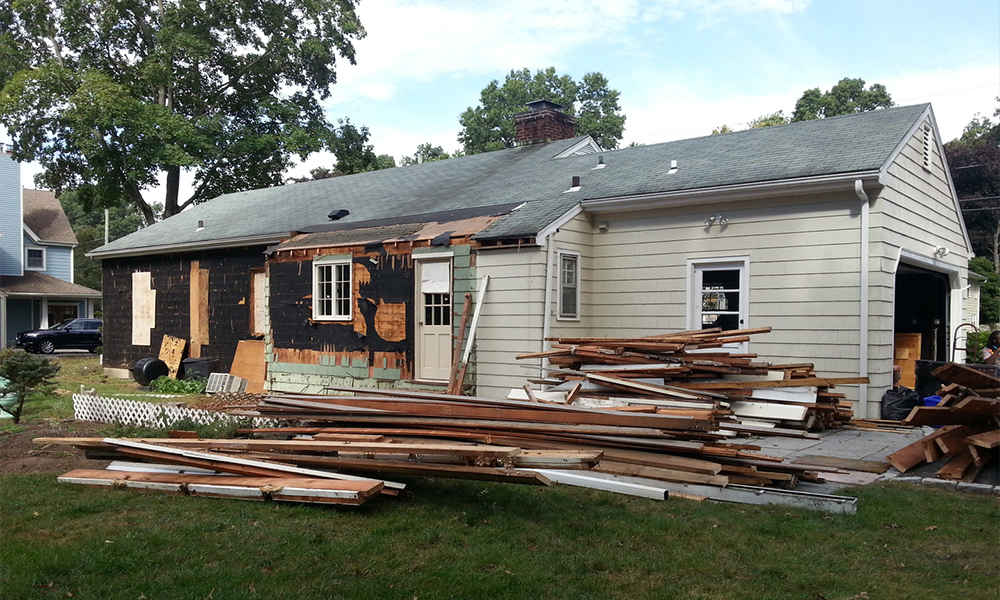- The choice of lumber used in residential home construction in the United States is heavily influenced by regional forest resources, climate conditions, and supply chain logistics. While most homes utilize standard dimensional lumber, the species and grades vary considerably based on location. This article outlines the most commonly used framing lumber types across major U.S. regions.
Northeast (New England and New York)
Common Lumber Types:
- Spruce-Pine-Fir (SPF) – typically sourced from Eastern Canada and Maine
- Eastern White Pine – often used in rustic homes, paneling, and some framing
- Hem-Fir – imported from the West, used for structural applications
Applications:
SPF is the dominant choice for studs, rafters, and joists due to its straight grain and ease of handling. While SPF lacks the load-bearing strength of Southern Yellow Pine, it performs well in cold climates and is cost-effective in this region due to proximity to Canadian mills.
Mid-Atlantic (Pennsylvania, New Jersey, Maryland, Delaware, Northern Virginia)
Common Lumber Types:
- Spruce-Pine-Fir (SPF)
- Southern Yellow Pine (SYP) – especially in southern portions of the region
- Douglas Fir – used selectively for headers and beams
Applications:
Builders often mix SPF and SYP depending on structural requirements. SPF dominates for wall framing while SYP may be used for subfloor systems and treated exterior components.
Southeast (Carolinas, Georgia, Florida)
Common Lumber Types:
- Southern Yellow Pine (SYP) – regionally harvested and treated for durability
- SPF – used in non-load-bearing interior partitions
Applications:
SYP is preferred in this region for its strength and availability. It is heavily used in floor joists, roof trusses, and any application requiring pressure-treated wood due to high humidity and termite concerns.
Upper Midwest (Michigan, Wisconsin, Minnesota, Iowa)
Common Lumber Types:
- SPF – imported from Canada
- Douglas Fir-Larch – for structural members
- Red Pine – locally sourced, used in treated applications
Applications:
Homes in this region face freeze-thaw cycles and require durable materials. SPF is common for wall framing, while Douglas Fir or Larch is used for longer spans. Red Pine is sometimes used in treated decking and foundation sill plates.
Central States (Ohio, Indiana, Illinois, Missouri, Kansas)
Common Lumber Types:
- SPF
- Hem-Fir
- Southern Yellow Pine (SYP)
Applications:
This transitional region utilizes SPF for most vertical framing and Hem-Fir or SYP for structural floor systems. Proximity to both Northern and Southern forests allows builders to choose based on cost and supplier availability.
Southern States (Alabama, Mississippi, Louisiana, East Texas)
Common Lumber Types:
- Southern Yellow Pine (SYP) – grown abundantly in this region
- Douglas Fir – less common, imported for specialty applications
Applications:
SYP dominates every aspect of framing here—from studs to roof trusses. Due to humid climates and pests, pressure-treated SYP is used extensively for decks, foundations, and outdoor structures.
Northwest (Washington, Oregon, Idaho, Western Montana)
Common Lumber Types:
- Douglas Fir – locally harvested, prized for strength and stability
- Hem-Fir – a regional blend used in dimensional framing
- Western Red Cedar – used for siding and exterior trim
Applications:
Douglas Fir is the premier species for framing due to its superior strength-to-weight ratio and availability. Builders in this area often use locally milled lumber, which reduces costs and environmental impact.
California
Common Lumber Types:
- Douglas Fir – widely used for framing
- Hem-Fir – found in both southern and northern parts of the state
- Redwood – used in specialty and exterior applications
Applications:
California construction combines seismic code requirements with sustainability goals. Douglas Fir is the go-to framing wood due to its strength, while Redwood and Cedar are common in decks, siding, and trim due to their natural rot resistance.
Greater Southwest (Arizona, New Mexico, Nevada, West Texas, Southern Utah)
Common Lumber Types:
- Douglas Fir – imported from the Northwest
- Hem-Fir
- Engineered Lumber (LVL, PSL) – used where dimensional lumber may warp in dry climates
Applications:
Due to the arid climate and lack of local forests, much of the framing lumber is imported. Engineered lumber is preferred in long spans and high-performance applications where stability in dry conditions is essential.
Conclusion
Regional lumber selection is largely driven by proximity to forestry resources, climate durability needs, and supply chain logistics. While Douglas Fir and SPF dominate colder and Western states, Southern Yellow Pine is the undisputed framing staple across the South and Southeastern U.S. Understanding these regional trends is essential for builders, architects, and appraisers alike in evaluating the cost, durability, and suitability of framing materials used in residential construction.


